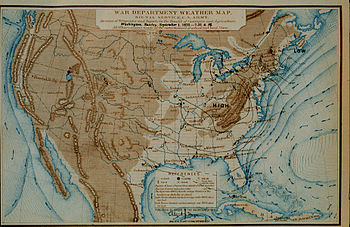If you’ve ever planned for a day out, picnic, family day or relaxing day outside chances are you turned on your TV, radio or grabbed your smartphone app and got an idea of what the weather was going to be for the day of your trip.
When you looked you got a prediction, based on the probability of what the weather patterns have shown in the past and you got an idea of what your day would look like. And sometime in your life, what was predicted to be a bright sunny day was laden with storm clouds, rain and gloom.
Trying to predict the market is like predicting the weather, only more confusing, more expensive, and less likely to get your desired outcome.
The reason the market is unpredictable (contrary to what many economists and financial professionals may say) is that it resembles a random walk. This means that markets move and rise and fall – and there’s certainly a reason for this, but we won’t be able to predict with any accuracy why they move.
This belief is really in agreement with a theory called the Efficient Market Hypothesis which in its strongest form says that no information will help an investor predict market fluctuations and therefore beat the market.
In fact, the more time and effort that is put into trying to beat the market winds up costing investors in the long run through excess trading fees, commissions, and taxes. This is generally why active mutual funds fail to beat their index counterparts.
However, just because markets are unpredictable doesn’t mean we can’t take advantage of manias and panics. A very passive and effortless way to do this is through dollar cost averaging. Dollar cost averaging is when an investor puts a certain amount of money in their retirement account every month, regardless of what the market is doing.
By doing this, an investor buys less of their fund when the market is high (and potentially overpriced) and more of their fund when the market falls (and potentially on sale). The best thing about dollar cost averaging is that an investor can put it on auto pilot and have the investment pulled directly from their checking account without having to physically write a check.
This helps reduce the emotional friction of writing a check when the markets are high or low – and keeps the investor actively saving, but passively out of the emotion of an erratic market.
We can’t control the weather nor can we control the stock market. So why not focus on what we can control (saving, spending, debt) and come rain or shine be better prepared for the sun and storms that lay ahead, but can’t predict when they’ll happen.
